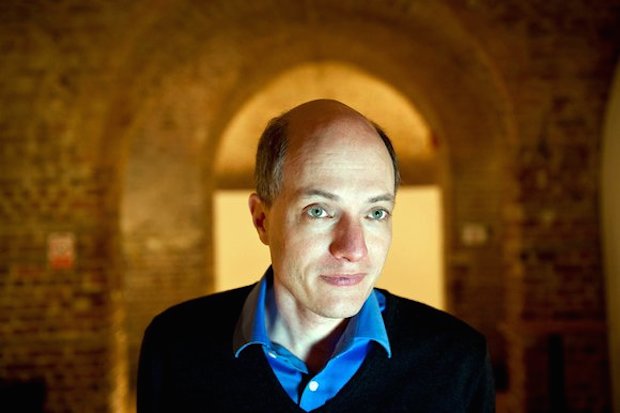The world’s big national museums are deeply glamorous places. We keep quiet in their hallowed halls, we wander the galleries in reverence, we look at a caption here and there, but, sometimes, if we’re honest, deep in our hearts, we may be asking ourselves what we’re doing there.
Art enjoys unparalleled prestige in the modern world, but the reasons for this are rarely explained in plain terms. Just why does art matter? When people want to praise art museums, they sometimes remark that they are our ‘new cathedrals’. This seems an extremely accurate analogy, because for hundreds of years, cathedrals were, just like museums, by far the most significant places in society; they were the buildings people lavished money on and felt proudest of. They were the spiritual hearts of the community.But there remains a huge difference between museums and cathedrals in terms of our collective awareness of what the two types of buildings should be for. You used to go to the cathedral for some clear reasons: because you wanted to save your soul, because you were looking for comfort, you needed community, you wanted to develop your moral character or you were hoping for consolation and redemption.
What do we go to the art museum for? We know that art is meant to be somehow good for us, but to ask simply ‘What is it for?’ may sound childishly naive, impatient or vulgar. Some of our visits therefore bear the hallmarks of an uncertainty about their purpose. There is huge respect but also, somewhere within many of us, a distinct confusion.
Now in truth, art can do for us a remarkable number of the very things that religion once did. Culture is in a position to replace many of the functions of scripture. Art too has the power to console us, it too can bring meaning and purpose, it too can increase our powers of empathy and generate a sense of community. The problem is that if you showed up at the art museum with these sort of ambitions in mind, you might swiftly be deemed more or less insane. It would seem all a little too intense, heavy, emotional or weird. One is allowed to cry in churches and cathedrals, but it would seem demented to do so in a gallery. The art establishment is, to its core, sober, cold and academic; it doesn’t allow the treasures in its possessions to do what they were arguably always actually meant to do (in the eyes of those who created them): help us to live and to die.
Surprisingly, it wouldn’t take too much to transform museums so that they could really function as adequate replacements for cathedrals. For a start, you might want to rearrange how the art in them was presented. Art museums typically hang their collections in a chronological way, reflecting the academic traditions in which their curators have been educated. But an indexing system more alive to the inner needs of the audience might group together artworks from across genres and eras according to the sorrows and dilemmas of the audience.
There might be a room on love, another on death, a third on children, a fourth on money, a fifth on aging – and so on. Just like music or literature, art has the power to work a deeply therapeutic effect on us. Connection with the right piece can explain, re-invigorate, rebalance and console us, but in order for this to happen, we need a little encouragement to believe that such intimate effects might be possible or desirable.
With a different ‘frame’ around them, art collections could begin to serve the needs of psychology as effectively as, for centuries, they served those of theology. Curators could put aside their deep-seated fears of a ‘purpose’ for art and once in a while co-opt works to a distinctly therapeutic mission. At that point museums truly would be able to honour the claim that they had properly fulfilled the excellent but as yet elusive ambition of becoming a substitute for the old cathedrals.
These thoughts have recently born fruit in a pioneering project. At the end of April, a new show is opening up at the Rijksmuseum in Amsterdam. The show carries the provocative title of Art Is Therapy, and is designed to turn the museum’s collection into a giant psychological resource; something to help us with the painful and confusing business of living.
To find out more about the show and its underlying approach, please visit: www.artastherapy.com
Alain de Botton is founder of The School of Life and has written numerous books, including Art as Therapy with John Armstrong. He is also the editor of philosophersmail.com.






Comments